Build Design Systems With Penpot Components
Penpot's new component system for building scalable design systems, emphasizing designer-developer collaboration.

medium bookmark / Raindrop.io |
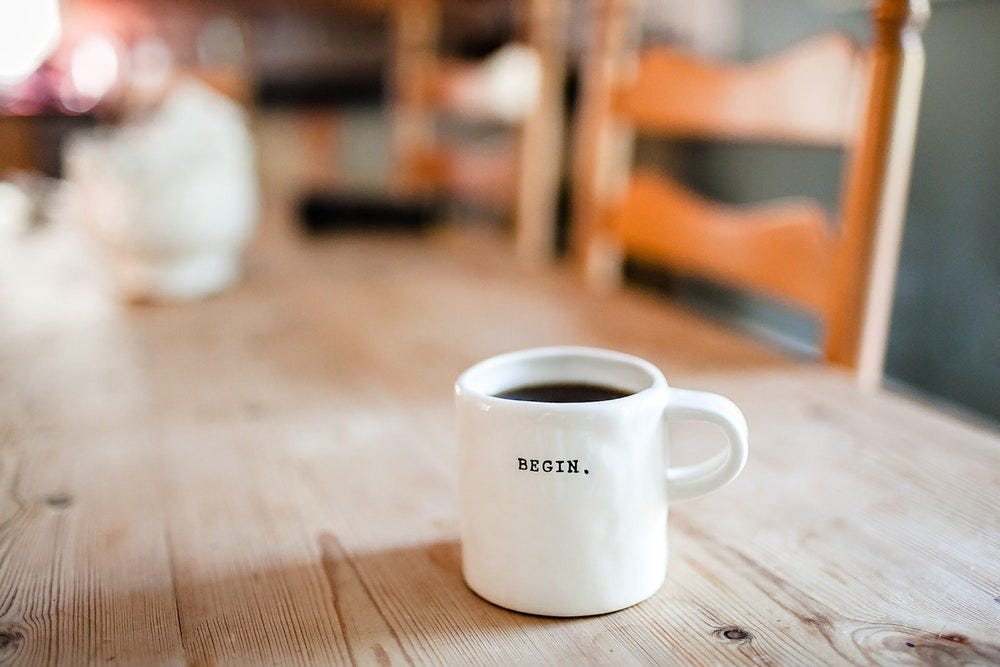
I would love to hear more about your experiences actually about how to start your career in design if you don’t have a design background
For new designers starting out, it can be very overwhelming to go through a plethora of resources and tools. When I first started my design career in 2014, I had no idea what to do or where to even look for design related material. There was simply so much and at the time, the term interaction design was even more vague than it is now. During the last few years, I have gathered design resources which have helped me become more familiar with UX and visual design as a result of doing a few things:
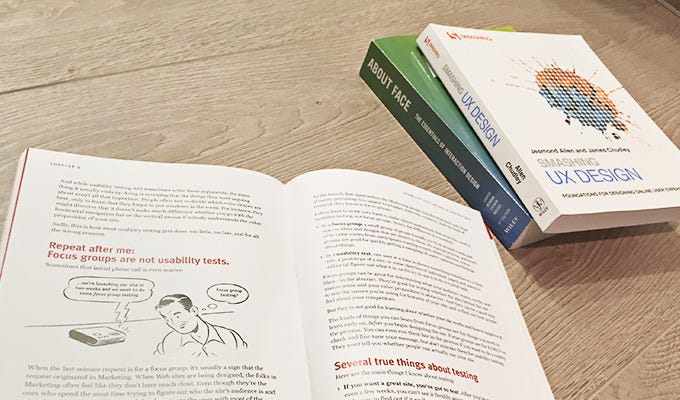
I haven’t read as much until recently and I can’t believe I hadn’t. As stated in my new years resolutions post, reading has allowed me to learn a wide range of different things and it is a great breather from being on the computer all time. Design articles are great, but some of the best content about design is in book form as they provide a vast amount of detail articles may not cover and are great references when putting design skills into practice. Here are some of my favorite books which helped me become familiar with design:
The Design of Everyday Things by Don Norman
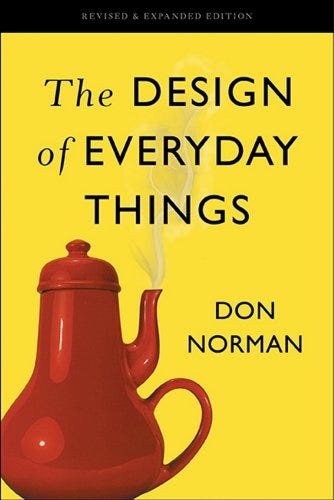
I use this book as a reference to freshen up on basic UX principles. This is a great book for people wanting to get into design and a book I recommend reading first.
101 Design Methods by Vijay Kumar
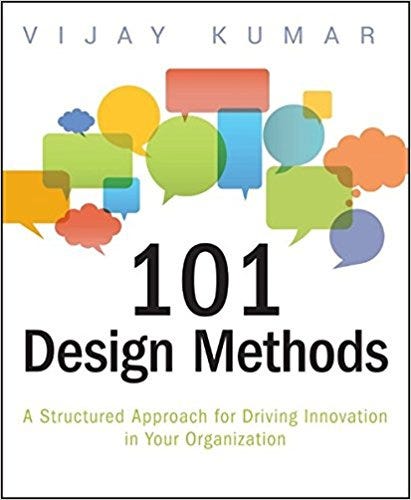
This book introduces a variety of processes and principles of digital products. This is great once you have a better sense of what UX is and want to see how those skills apply in everyday products.
Practical Empathy: For Collaboration and Creativity in Your Work by Indi Young
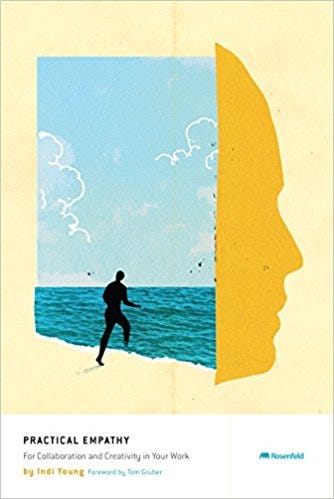
Empathy is extremely important in making sure products are being designed for the people and that we always have their best intentions in mind. I use this book to understand new ways of listening and understanding the people I design for.
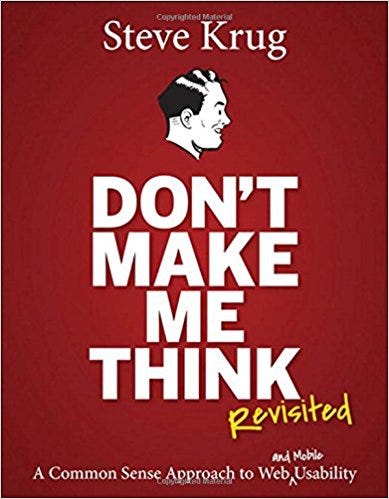
Highly recommended in learning what makes digital products usable based on human behavior and how to test products with users.
Lean UX: Designing Great Products with Agile Teams by Jeff Gothelf and Josh Seiden

This book gives you a sense of how UX design works in a team
Universal Principles of Design by William Lidwell and Kritina Holden

A great reference book to how design is applied to different kinds of experiences and provides inspiration in designing multi-layered experiences
If you want to look into more design related books, here are a few resources to start:
I forgot to mention another book I found super helpful, Universal Methods of Design: 100 Ways to Research Complex Problems, Develop Innovative Ideas, and Design Effective Solutions. It provides a plethora of research methods which have helped me understand UX research and its application in existing products.

https://www.youtube.com/watch?v=GjAECJ0mvlQ
I typically don’t watch videos on design because I believe the best way to learning design is putting skills into practice, reaching out to people or the fact that I am pursuing a degree in design so there hasn’t been a big need to watch design videos.
There is a growing range of videos on how to get started in design. Lynda has a solid program about learning the basics of design and on Youtube, some videos that have helped me get a broad sense of UX design are here and here. To learn technical skills, Sketch and Principle have great tutorials on how to navigate through their programs. Trista liu has also written a post related to UX design tools and tutorials if you want to check it out here.

https://medium.muz.li/ui-interactions-of-the-week-103-2c4a7b356873
I love looking for UX inspiration. This has allowed me to develop my eye for great experiences and visual craft. Pinerest and Muzli have been great resources for finding design inspiration and I recommend looking at other designers portfolios to find various design practices that you could implement in your work. When I was a sophomore in college, I looked at the upperclassmen work to get a sense of what they learned and how I could improve my skills. You could easily do this by searching designers on LinkedIn, finding their portfolios and taking a look at them.

Immersing yourself in design is the best way to learn about it. Depending on where you live, you might not have access to design events, but if you live in places saturated with design (i.e San Francisco, New York), there are events happening everyday. There are events that are also live recorded and you can potentially find all this information by searching them on Eventbrite or Facebook.

From my experience, reaching out to my professors and peers have helped me because they were able to provide a basic framework and advice on what I should do when I was stuck. If you don’t go to school and are in need of help, reaching out to people on LinkedIn can be quite effective, but you don’t want to be too forward or ask a message without providing context. That is a turn-off for a lot of people, including myself who recieves messages from many people everyday. Here are some of my article about how to reach out to people and learn from them:
If you have any questions about design, message me on LinkedIn and I’ll write about it!
To help you get started on owning your design career, here are some amazing tools from Rookieup, a site I used to get mentorship from senior designers:
Links to some other cool reads:
AI-driven updates, curated by humans and hand-edited for the Prototypr community